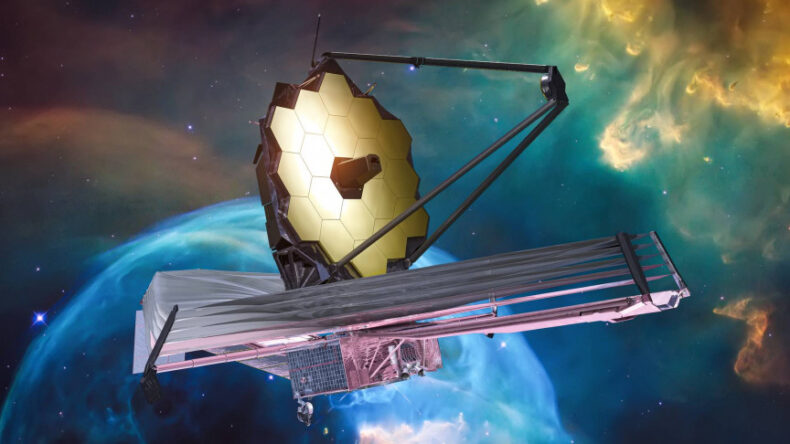It’s not just a picture of any random bit of space. At its center, you can see the hint of a spherical-like object traced out by curved and distorted galaxies.
James Webb’s telescope has delivered the most beautiful and deepest and sharpest infrared image of the distant universe so far. It’s not just a random picture of space, it’s the center as we can see the hint of a spherical object which is traced out by the curved and distorted galaxies. We have seen new objects that we haven’t seen, from the Hubble telescope.

The new view of the Universe is possible because Webb is huge, with a mirror twice the size of Hubble. James Webb’s telescope’s first image is the Galaxy cluster SMACS 0723, we can also see the faintest object with the infrared.
The Universe has been expanding for about 13.8 billion light-years, which means the light from the stars and the galaxies are stretched from the shortest wavelengths to the infrared ones.
The James Webb telescope is a Gravitational Lens, which is a natural lens and has a mind-boggling feature of the einsteins theory of general relativity. The James Webb telescope is located at the Lagrange Point 2 (L2) which is nearly 1 million miles and is also known as the most powerful telescope ever. The largest infrared telescope in space.

This deep field is taken by Webb’s infrared camera and the image is a composite image made from images of different wavelengths and totaling 12.5 hours achieving depths at infrared wavelengths which were not possible by the Hubble telescope.
The image of the cluster of the Galaxy SMACS 0723 appears 4.6 billion years ago with many more galaxies in front and behind it. Light from the Galaxies takes billion years to reach us.
The image looks back in time within a billion years after the big bang, viewing the youngest galaxies in the universe. It’s an image that helps us to understand a new way of the universe through this image.
As stated by Nasa’s Administrator Bill Nelson, ‘these images are the deepest infrared images that have been produced to date, it also shows us how Webb will help u uncover the answer to some of the questions that we haven’t asked yet.
Those questions will help us understand the universe and our humanity from a different perspective. It will also help us in getting to know the place of humanity in the universe.

The image looks back in time within a billion years after the big bang, viewing the youngest galaxies in the universe. It’s an image that helps us to understand a new way of the universe through this image.
Nasa also revealed the images of some other targets too like Carina Nebula, and WASP 96 (Spectrum Data). The Southern Ring Nebula and Stephen’s Quintet. The Data derived from the Spectrum Data also reveals some water vapors in the distant exoplanet for the first time.
This photo is the first of the million that the telescope will produce in its 20-year lifetime.













